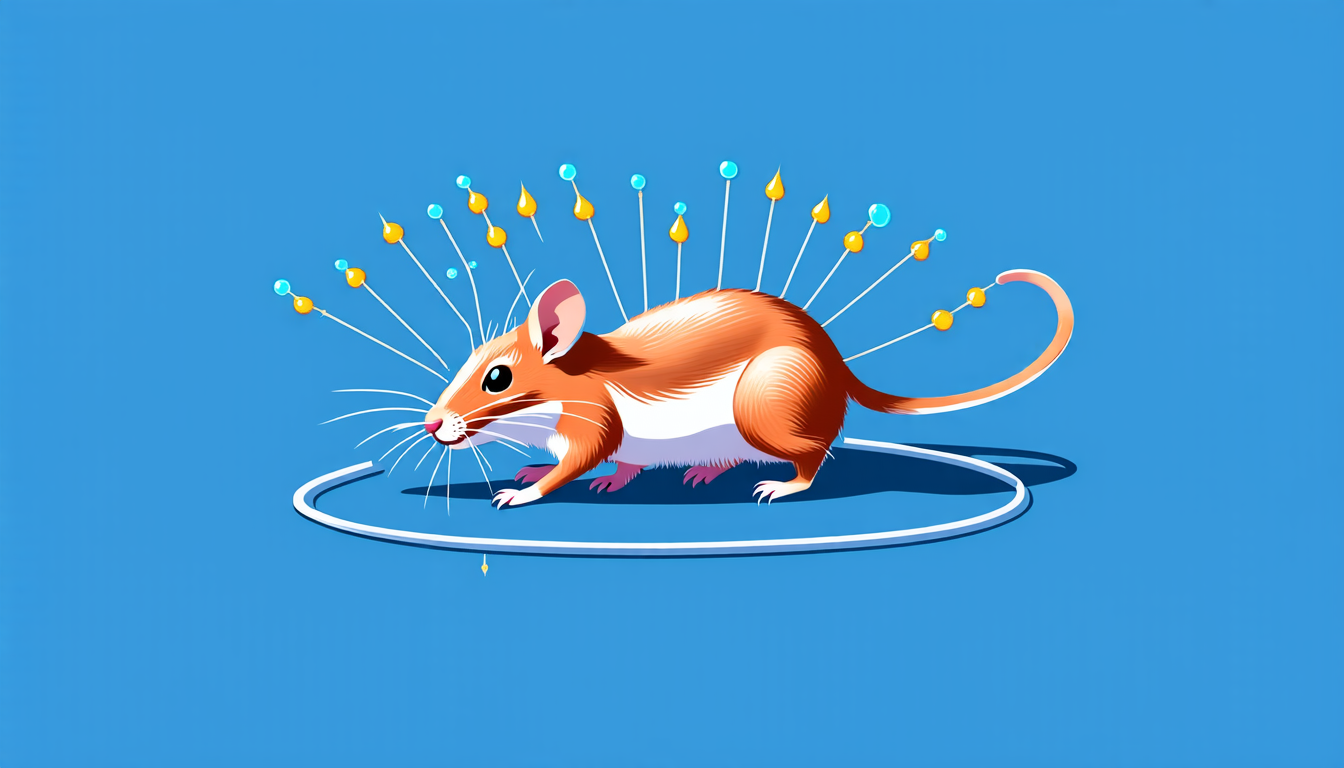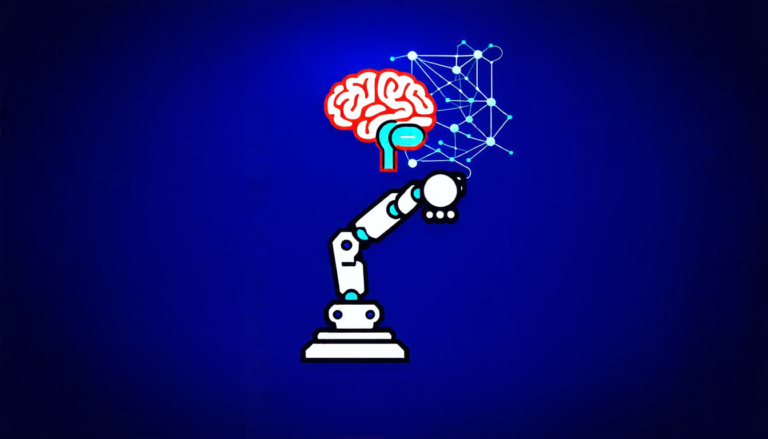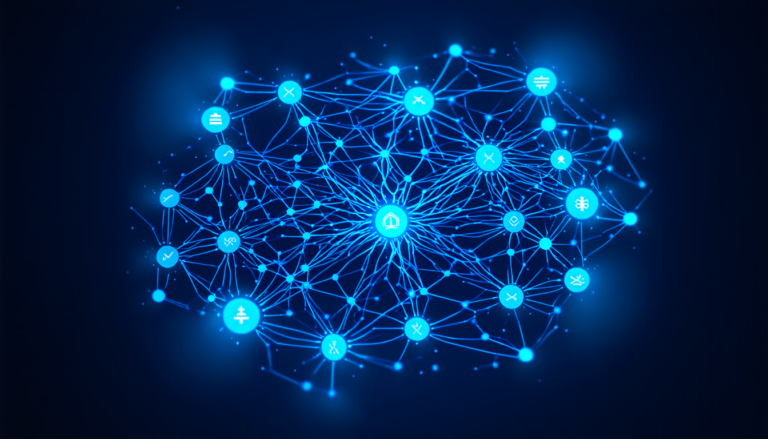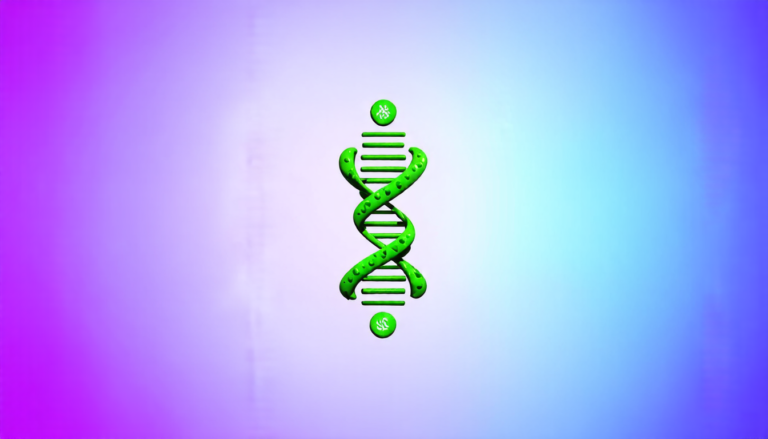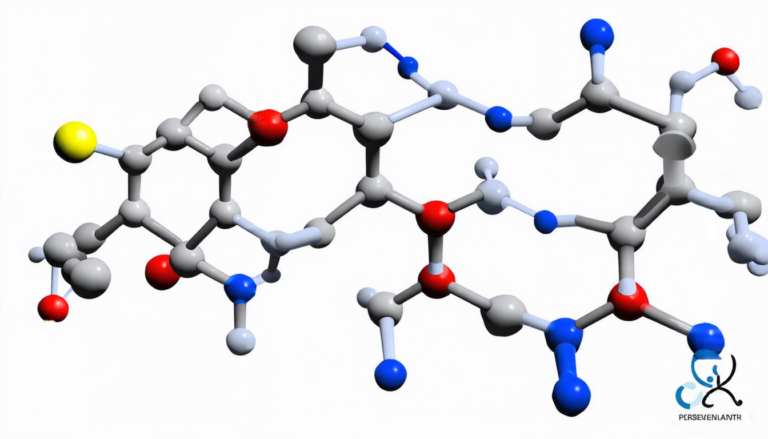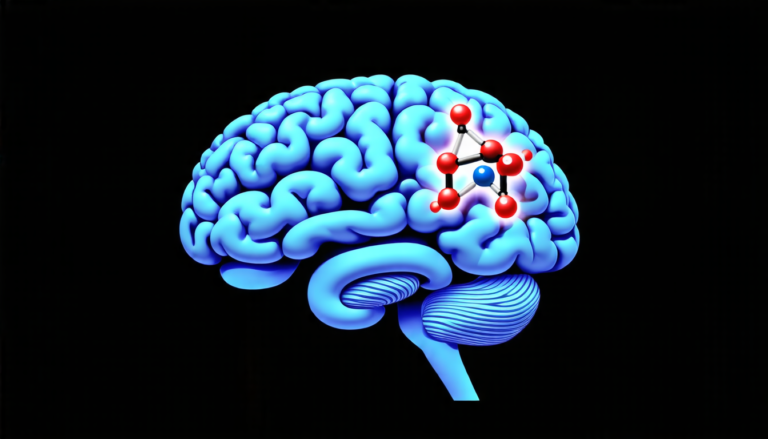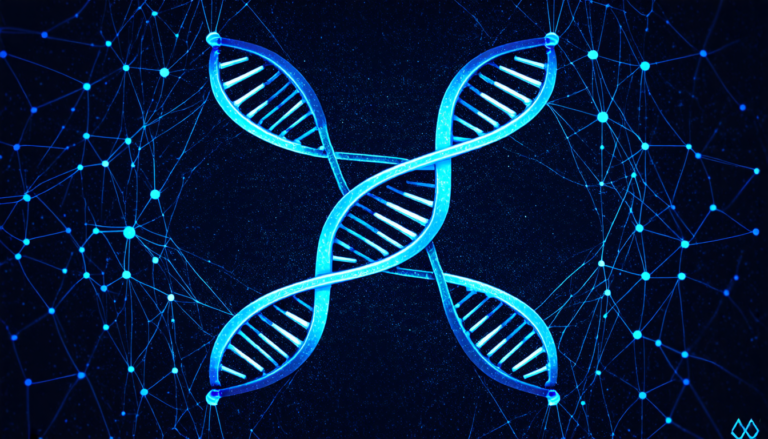Tuesday 08 April 2025
For people who have suffered a spinal cord injury, one of the most debilitating consequences can be urinary dysfunction. The bladder, which is normally able to function independently, becomes unable to properly store and release urine due to damage to the nerves that control it. This can lead to painful and frequent urination, as well as incontinence.
Researchers have been working to find new ways to treat this condition, and a recent study has shed light on the potential of electroacupuncture (EA) to help restore normal bladder function. EA is a type of acupuncture that uses low-frequency electrical currents to stimulate specific points on the body.
The study involved 52 rats with spinal cord injuries that were induced by a surgical procedure. The rats were then divided into three groups: one group was given EA treatment, another group was not treated at all, and a third group received sham EA treatment (in which the needles were inserted but no electrical current was applied).
The researchers used various techniques to assess the bladder function of each rat, including urodynamic testing and histological analysis of the bladder tissue. The results showed that rats in the EA-treated group had significantly improved bladder function compared to the other two groups.
One key finding was that EA treatment increased the contraction force of the detrusor muscle, which is responsible for squeezing urine out of the bladder. This increase in contraction force was accompanied by a decrease in the muscle’s relaxation time, allowing for more efficient and controlled urination.
The researchers also found changes in the expression of certain proteins involved in smooth muscle cell signaling pathways. These changes are thought to contribute to the improved bladder function observed in the EA-treated group.
Electroacupuncture has been used to treat various conditions, including pain, nausea, and anxiety, but this study is one of the first to explore its potential as a treatment for urinary dysfunction after spinal cord injury.
While more research is needed to fully understand the mechanisms by which EA works, these findings suggest that it may be a valuable adjunctive therapy for individuals with spinal cord injuries. Electroacupuncture is a non-invasive and relatively low-cost treatment option that could potentially improve quality of life for people with this condition.
The study’s authors hope that their research will lead to further investigation into the use of EA as a treatment for urinary dysfunction, and ultimately, improved management of this condition in individuals with spinal cord injuries.
Cite this article: “Acupuncture Unlocks New Pathways to Treat Neurogenic Bladder Dysfunction After Spinal Cord Injury”, The Science Archive, 2025.
Spinal Cord Injury, Urinary Dysfunction, Electroacupuncture, Bladder Function, Detrusor Muscle, Smooth Muscle Cells, Protein Expression, Signaling Pathways, Non-Invasive Therapy, Spinal Cord Rehabilitation

